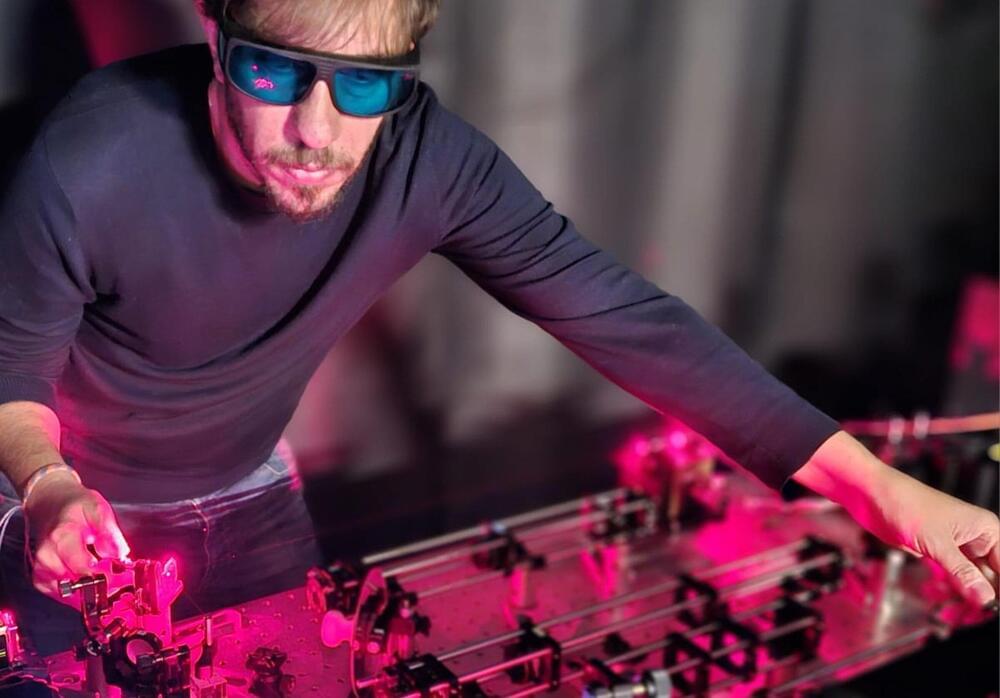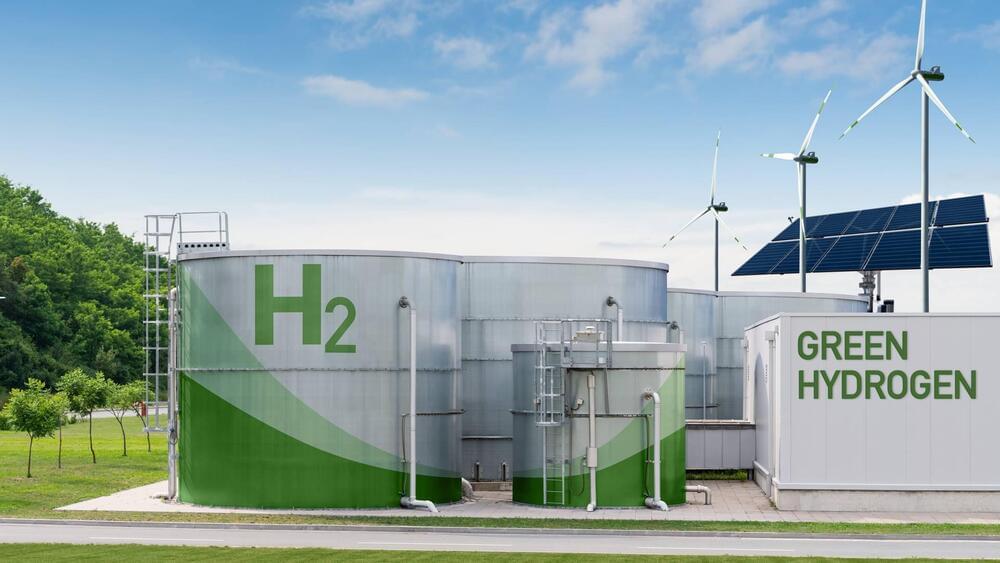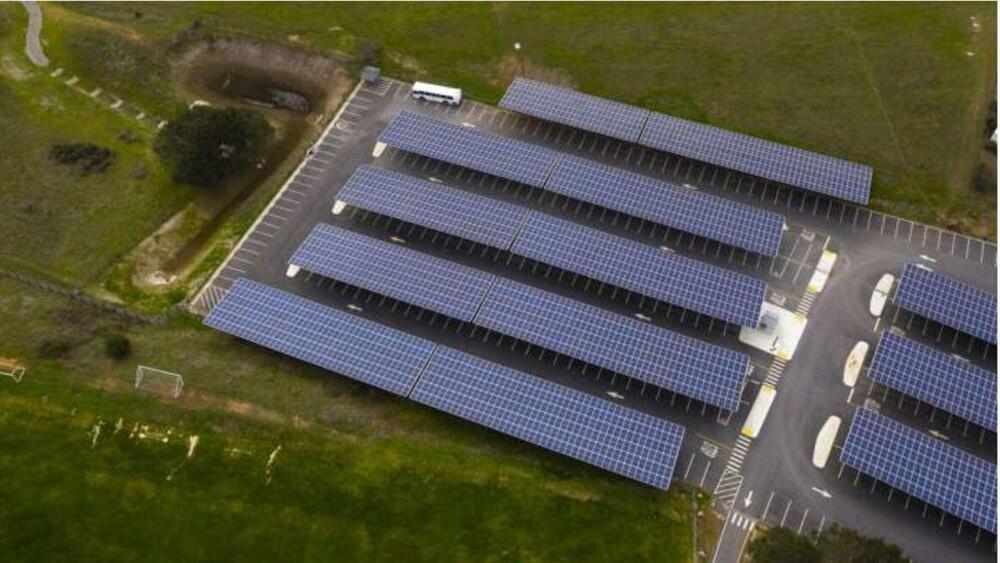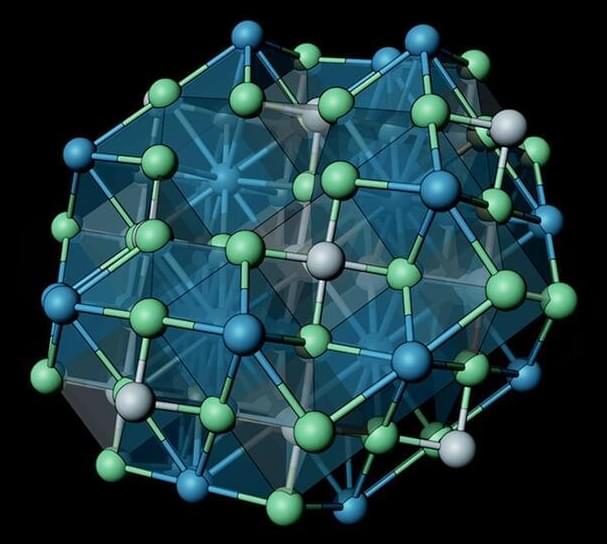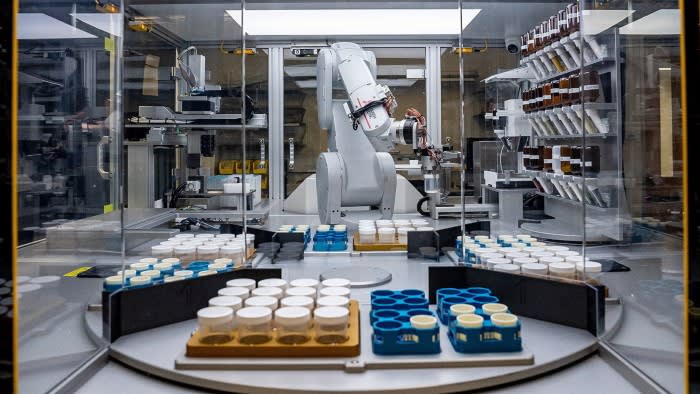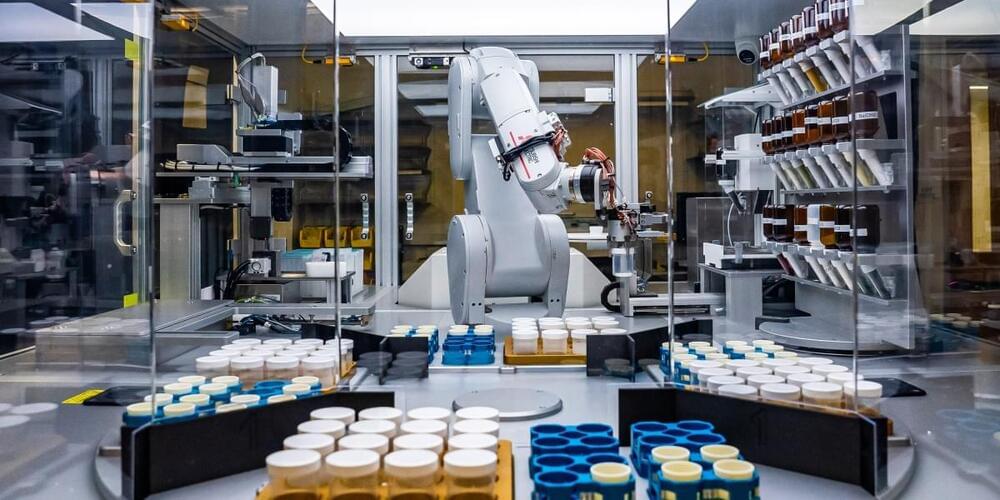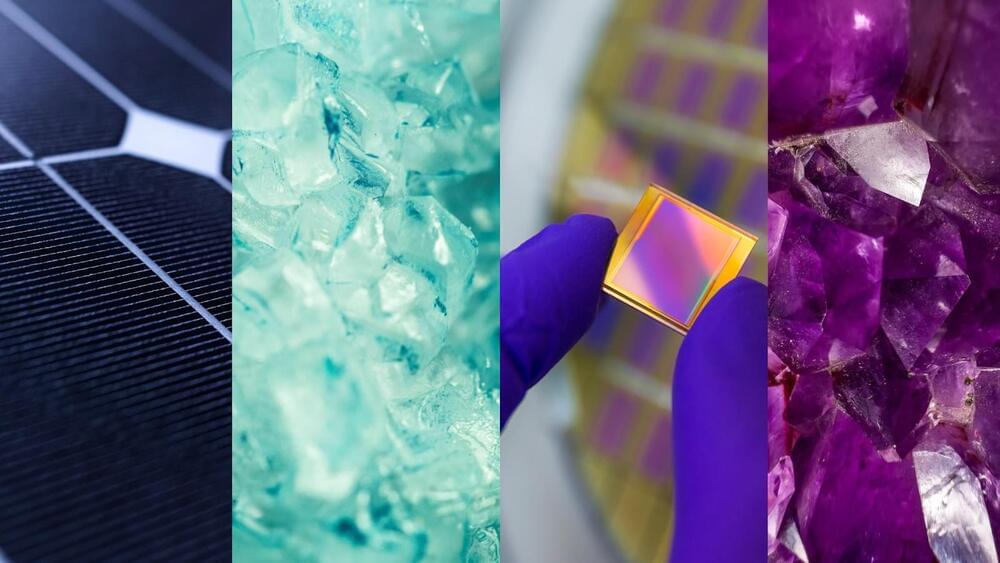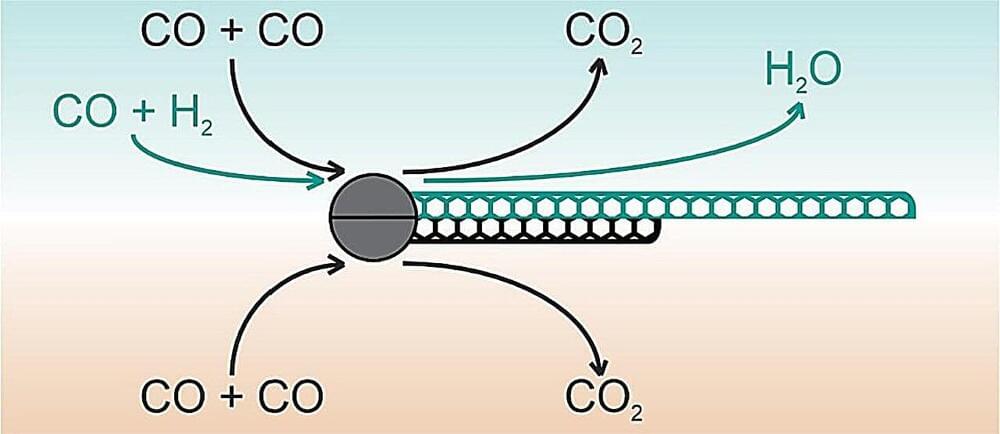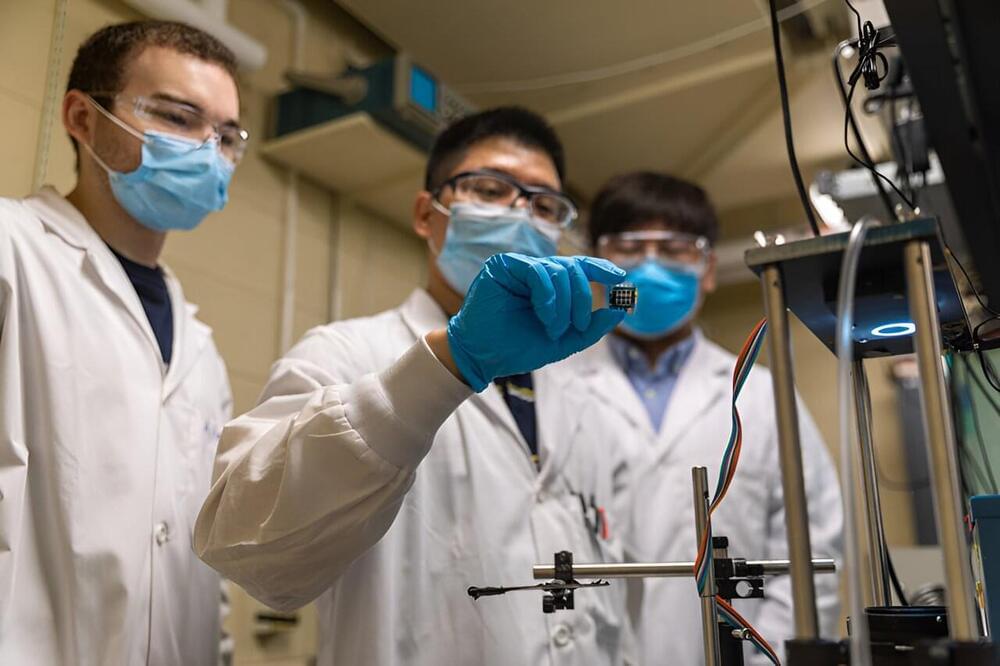One of nature’s most common organic materials—lignin—can be used to create stable and environmentally friendly organic solar cells. Researchers at Linköping University and the Royal Institute of Technology (KTH) have now shown that untreated kraft lignin can be used to make solar cells even more environmentally friendly and reliable. The study has been published in the journal Advanced Materials.
Sunlight currently seems to be one of the main sustainable energy sources. Traditional solar cells made from silicon are efficient but have an energy-demanding and complicated manufacturing process that may lead to hazardous chemical spills. Organic solar cells have therefore become a hot research area thanks to their low production cost, light weight and flexibility, and hence have many applications, such as indoor use or attached to clothing to power personal electronic devices.
But one problem is that organic solar cells are made of plastic, or polymers derived from oil. So, although organic, they are not as environmentally friendly as they could be.

